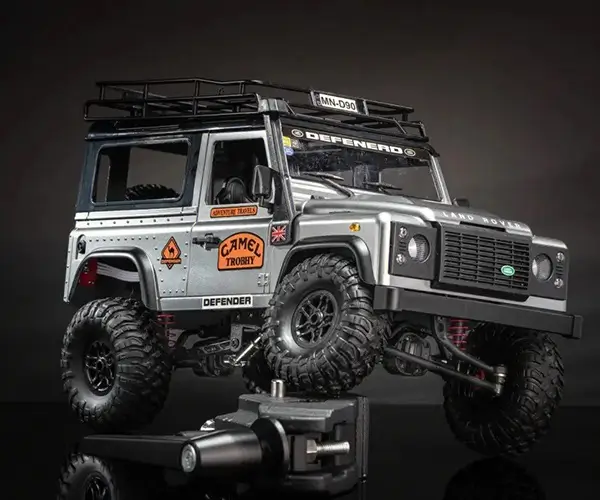Imagine a world where your projects run smoother, more precise, and ever so quiet. That’s where brushless motor control with Arduino comes into play, transforming your DIY endeavors or professional builds into marvels of efficiency. For those who love tinkering, understanding how these modern motors work is like unlocking a secret superpower.

Ever wondered why your drone whizzes through the sky with such grace? Or why your electric scooter zooms past you silently? The magic lies in brushless motors, and more specifically, how they’re controlled. Unlike traditional brushed motors, these sleek devices have no brushes to wear out or spark. They rely on electronically controlled commutation, which means with the right control system, their performance can be pushed to astonishing levels without the friction or maintenance headaches.
And here’s the juicy part—controlling these brushless motors with Arduino is like giving your project a brain. By programming the Arduino, you can fine-tune speed, torque, and direction. You’re basically designing your own motor maestro, orchestrating every spin with precision. It’s surprisingly accessible because of the open-source nature of Arduino and the supportive community around it. Whether you’re crafting a robot arm that needs delicate movements or a wind turbine prototype that demands sustained efficiency, this pairing fits perfectly.
Some might ask, “Is it really complicated?” Well, if you’ve ever dabbled with coding or electronics, you'll find controlling a brushless motor quite the puzzle but absolutely manageable. Think of it like assembling a puzzle, each piece—ESCs (Electronic Speed Controllers), sensors, power supplies—snapping together to create a symphony of movement. Plus, numerous resources and tutorials are out there, making the setup process less intimidating than it initially seems.
What about noise? Well, brushless motors tend to be quieter than their brushed counterparts, which is a game changer for applications where noise or vibration could be a concern—think wearable gadgets or home automation devices. Speed control is also seamless; you can achieve rapid acceleration or gentle starts simply through series of commands coded into Arduino. That level of control opens doors to innovations—maybe a solar-powered robot that adapts its driving style based on the terrain or a compact drone with ultra-smooth flight paths.
Would it work for a hobbyist project? Absolutely. It’s like having a high-end GPS in a bicycle—total control over where you’re headed, but easy to operate. And for those who dread complicated wiring, modern ESCs and Arduino shields make the connection straightforward, stripping away much of the guesswork.
In essence, if you're dreaming of building something that needs fast, efficient, and reliable motion, delving into brushless motor control with Arduino is a step forward. It’s about making your ideas move with finesse, whether for fun or serious endeavors. Think of it as the core ingredient that turns conceptual sketches into real, living mechanics. Once you get a hang of it, you might find yourself craving larger, more ambitious designs—this is just the beginning.
Kpower has delivered professional drive system solutions to over 500 enterprise clients globally with products covering various fields such as Smart Home Systems, Automatic Electronics, Robotics, Precision Agriculture, Drones, and Industrial Automation.




































